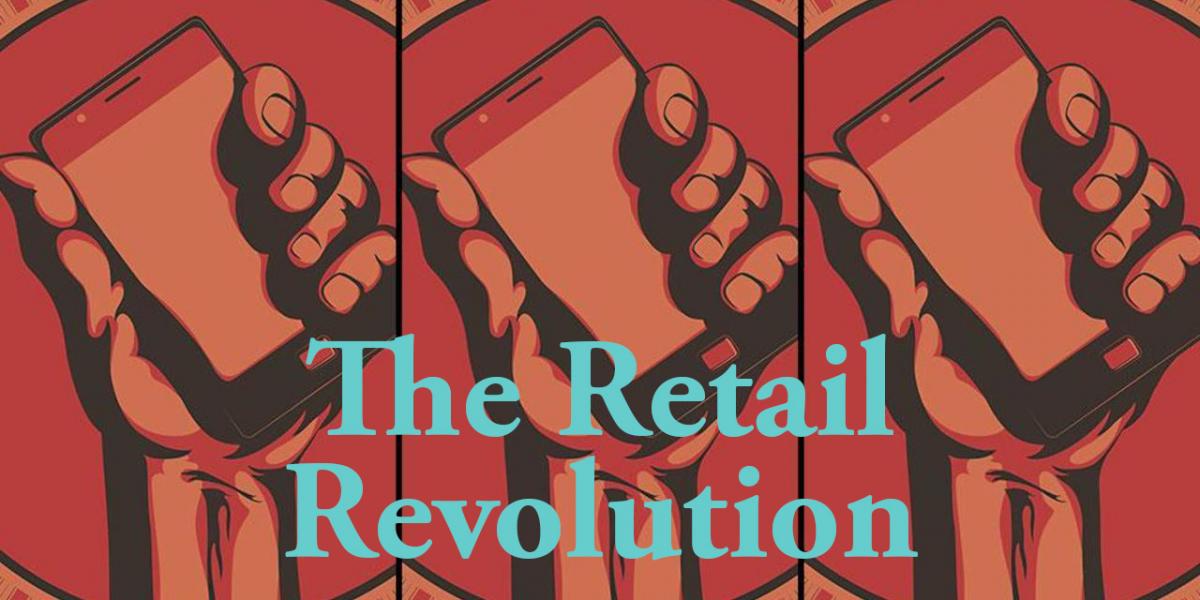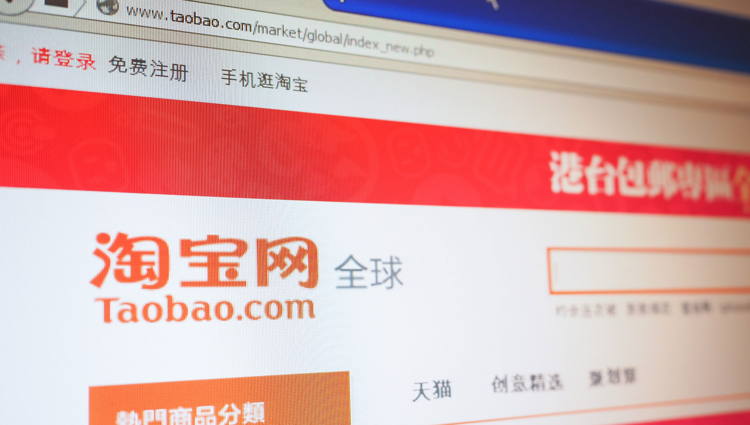
The Retail Revolution
China has fast become the holy grail of shopping. Be it high-end or low-end, costly or counterfeit, China is the place where you can find just about everything. In the last decade, the biggest manufacturer in the world has developed the largest consumer base globally. This large population of freshly minted consumers has caused luxury retailers to scramble for a piece of the pie, or should we say, cookie? While sold out Louis Vuitton shops and limits on how many Rolex’s one customer is allowed to buy have been picked up by Western media, another retail revolution has prospered largely unnoticed within China’s borders; online shopping. With $900 billion in sales in 2016 alone, and responsible for almost 47% of digital retail sales worldwide, China has eclipsed the US and is now the largest online retail market in the world (Retail & Ecommerce, August 18, 2016). The story of how this rapid growth in retail evolved is almost fatalistic, with multiple companies taking advantage of an economic environment primed for shopping.
From Zero to Hero
In comparison to many Western countries, wealth and technology are relatively new to China. A significant portion of the Chinese population only began to experience a degree of economic prosperity in the mid 2000s. The rise of the middle class in China has been rapid. During this time of economic expansion, the number of households with an annual income of US$11,500 – US$43,000 grew from 5 million in 2000 to 225 million in 2016 (Economist, 2016). Along with this increase in wealth came an increased demand for technology. Instead of having to go through the technological steps Western consumers went through from gramophone to an iPhone, the first digital contact for many Chinese was either a smart phone or a tablet. However, since almost no digital or retail infrastructure had been built, and with no old infrastructure to tear down, Chinese companies who were able, were in the prime position to take advantage of this technological vacuum. From start-up delivery firms to creating new payment systems, this period laid the foundations for the new digital era.

Taobao – a populat online shopping site in China
Enter the Giants
The three largest online players in China presently are JD.com, Tmall aka Taobao (Alibaba) and WeChat. JD.com went online in 2004 and is the largest competitor to Alibaba-run Tmall, which was founded a year earlier in 2003. Both companies are B2C online retailers who have pretty much taken over China’s online retail market. While JD.com prides itself on having better quality controls on their brands and goods than their competitor, Tmall currently holds a larger portion of the overall market share and has deeper pockets financially. Alibaba, the parent company of Tmall became the largest global IPO ever when it went public in the United States in 2014. Combined, these two companies are the Chinese equivalents of Amazon and Ebay, the only difference being that their customer base is over one billion online savvy shoppers.
Enter WeChat, the super app. WeChat was first released in 2011 by its parent company Tencent, and with 850 million active users, it is now China’s most popular instant messaging application. While the logo and the name of the app look and sound similar to the American WhatsApp application, it is vastly different in its functions and capabilities. The best way to describe WeChat is a combination of Facebook, WhatsApp, Apple Pay, Instagram, TripAdvisor, SkipTheDishes, and online city services combined, but without the advertising. While this sounds quite chaotic and confusing, at its core WeChat is an instant messaging app with all other functions neatly hidden within. While WeChat is not an online retailer itself, it has created its own mobile payment system (WeChat Pay) and has a larger user base than Tmall or JD.com. However, recently WeChat has ventured into creating an online store, which soon could rival its competitors.
For these three companies China has become the digital ‘Wild East’ where opportunities abound. With more and more economic prosperity as well as a savvy online population, the e-commerce environment in China is the perfect breeding ground for digital entrepreneurs to thrive. Right now, between these three giants there is fierce competition for supremacy.

Online apps and sites It has become easier than ever to shop from anywhere
Shopping with Chinese Characteristics
In addition to a rich economic digital landscape, China’s unique political and economic landscape has resulted in oddities and strange paths to purchase.
One of these oddities is the phenomena of the Daigou, which literally translates to “buying on behalf”. Daigou’s are people living overseas who purchase luxury goods as well as items that can be hard to purchase in Mainland China like foreign baby-milk powder, and then sell them to customers living in China. These luxury items can be up to 30-40% more expensive in China and the Daigou either make a profit on charging a small fee for the service or claiming the tax refund. WeChat is the primary platform for Daigou to communicate with their clients as well as transfer money. Diagou is a huge business estimated to be worth around US$12 billion. Approximatley 80% of Chinese luxury purchases are made abroad and a survey of luxury shoppers has found that 35% of customers have used a Daigou to purchase goods online while only 7% used the brands’ website to do so.
Another oddity about Chinese people’s shopping culture is that there is very little trust in direct marketing and advertisement. This mentality has led to the rise of Key Opinion Leaders or KOLs. These are Chinese online influencers, similar to Bloggers or Vloggers in the West, who maintain trusting relationships with their often large fan base. This phenomenon has resulted in many companies hiring KOLs to endorse products or place ads in their feeds to market to their fans. Working as a KOL can be quite profitable if your fan base is large enough. For instance, KOL Papi Jiang, has a following of over 24 million fans on Weibo (China’s equivalent to Twitter) and was paid US$3.4 million for a single ad in 2016 (China Skinny 2016). While Papi has managed to amass her millions of fans through witty commentary and funny videos, other KOLs have made themselves experts on specific brands or items and often attend fashion shows to share their knowledge and expertise with their followers. One of these expert KOLs is ‘Mr. Bags’ a 24-year-old Beijinger with over 2.7 million followers on Weibo. Using his influence he claims to have helped brands sell over US$170,000 worth of designer bags in just 12 minutes (Business of Fashion, 2016).
Both Daigou’s and KOLs are phenomena that have emerged as a result of the unique position of the Chinese economy and its cultural past. While the world has opened up its markets to Chinese made products, not all foreign made products have found a way into the Chinese market yet, which has created a niche for the Daigou. Additionally, decades of state propoganda has made the Chinese population suspicious of anything written on billboards or aired on TV resulting in the rise of the KOLs.
Digital Destiny
In 2015 China’s e-commerce share of global sales were almost double that of the United States at 22.2% to 42.8% respectively. However, it is estimated that by 2020 China is on course to take up to 60% of worldwide e-commerce retail, while the United States share could drop as low as 17%. With an ever expanding middle class, with more disposable income, greater mobile and internet penetration into rural areas and growing competition of e-commerce players who are constantly improving logistics in China, infrastructure and payment systems, the environment for online retail is perfect. Additionally, one of the most astonishing aspects of this digital shopping revolution is that in 2016 more than half of all e-commerce transactions and sales in China were conducted on a mobile or tablet. Reading the signs on the retail horizon, it is a safe bet to predict that China’s shopping destiny is digital.